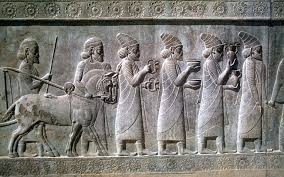Introduction to Morrigan
Morrigan is one of the most intriguing figures in Celtic mythology, known as the goddess of war, fate, and prophecy. Often depicted as a powerful and enigmatic presence, she embodies both the chaos and inevitability of battle. Her influence stretches across life and death, making her a figure both feared and revered by ancient Celtic societies.
Role in Battles
Morrigan is closely associated with warfare and conflict. Legends describe her appearing before or during battles, influencing outcomes and foretelling victory or defeat. Sometimes she is portrayed as a crow or raven, flying over battlefields as a symbol of war and death. Warriors sought her favor, believing that her guidance could determine their success or survival.
Prophetic Abilities
Beyond her martial associations, Morrigan is celebrated for her prophetic powers. She could foresee the future and reveal hidden truths, often delivering warnings or guidance through visions and symbols. This aspect of her character connected her deeply with fate, showing that she governed not only the chaos of war but also the inevitable twists of destiny.
Cultural Significance
Morrigan’s worship highlights the Celtic understanding of life as a delicate balance between conflict and fate. She represents the acknowledgment of mortality, the respect for the forces beyond human control, and the spiritual guidance that people sought in times of uncertainty. Today, Morrigan continues to inspire interest in Celtic mythology, symbolizing strength, mystery, and the intertwining of destiny and power.







